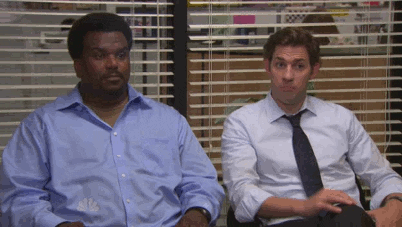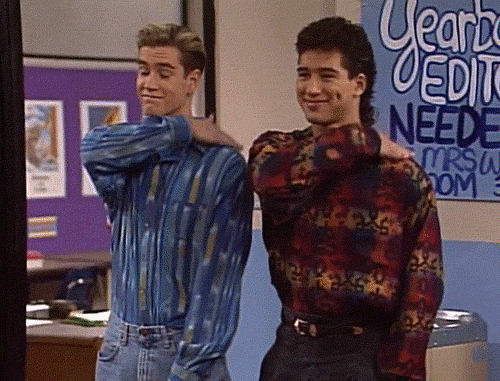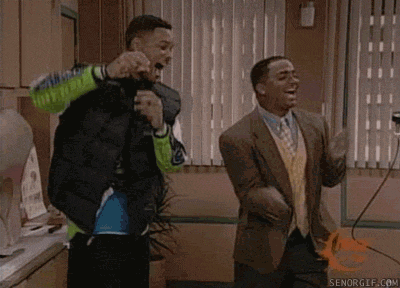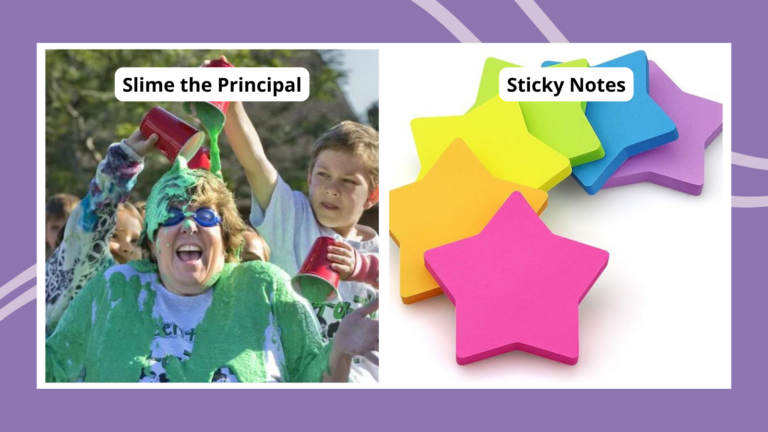Being acknowledged for a job well done in school is an essential part of a child’s path to educational achievement. Progression is about learning that each small success builds on the one before it. All teachers want to praise students for their efforts and achievements. While a verbal “Great job!” is something we should offer every day, there are also nonverbal ways to get the affirmation across that will keep your instruction moving at a steady clip. Here are few ways to boost morale in your classroom and praise students without saying a word.
While a verbal “Great job!” is something we should offer every day, there are also nonverbal ways to get the affirmation across that will keep your instruction moving at a steady clip. Here are few ways to boost morale in your classroom and praise students without saying a word.
1. Never stop smiling.
The simplest and easiest way to make a positive nonverbal connection with a student is by smiling. Be sure to make eye contact so individual students know your approval is aimed in their direction. Whenever I do this, I almost always get a smile back because just like yawns, smiles are contagious. A smile can break down barriers and makes it easier for students to approach you with questions or problems.

2. Throw in a little nod.
Nodding is another simple way to praise students. You may have noticed that coaches nod a lot because they might not be close enough to their players to speak. It’s a nonverbal way to say, “Good, keep it up. You are doing the right thing right now.” Try combining a smile with a nod for an extra dose of affirmation.

3. Offer a handshake or fist bump.
Let your students pick what they prefer (though mine prefer fist bumps, which sometimes hurts my knuckles). Some teachers offer this kind of connection as students are entering or exiting their classrooms. It’s also a great tool to close out a difficult conversation with a student. After debriefing, reaching out with that handshake or fist bump shows that even though there might have been a problem, all is now well. It’s a silent way to acknowledge the trust you have in each other.

4. High five as much as possible.
Kids from toddlers to teens love to high five. One teacher in Charlotte, North Carolina used high fives to make up a personalized greeting for every one of his students. Each one involved a combination of high fives, handshakes, and wiggle moves. The teacher’s approach created a tremendous bond, showcased each student as an individual and got the class news coverage and nationwide praise for their positivity.

5. Try a pat on the back.
First, a word of caution: many school districts have policies about teachers touching students in any way because of the risk of it being misconstrued. If this is a concern, you can have your students give themselves a pat on the back. The same goes for hugs. “You deserve a hug,” is something adults often say to praise kids, but, depending on school rules, teachers should be cautious. One principal of mine put it this way, “I would never push a child away who was trying to give me a hug, but I never go looking for them. It is better to receive than to give in this case.”

6. Bust a move.
Just do it. Even a small dance with your fingers or hands in the air is a silly way to celebrate anything from a formative assessment to the conclusion of a tough week. A student once told me about her math teacher’s “Great Job!” dance. It was one of the student’s favorite memories of school because it showed that teachers can have fun too. For years, I let my fourth-grade students do a dance of their own during packing time on Fridays if we had a great week. They loved it, especially when I joined in.


